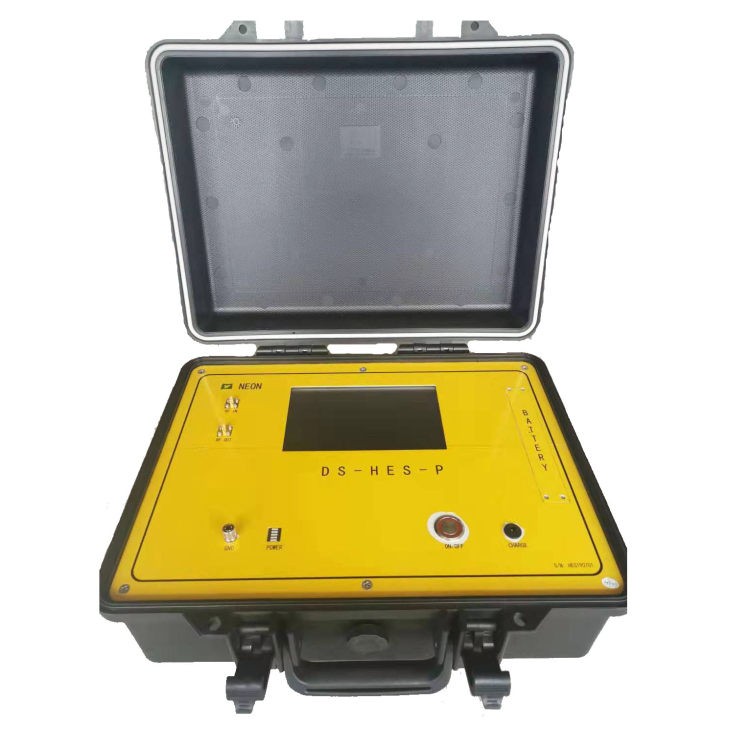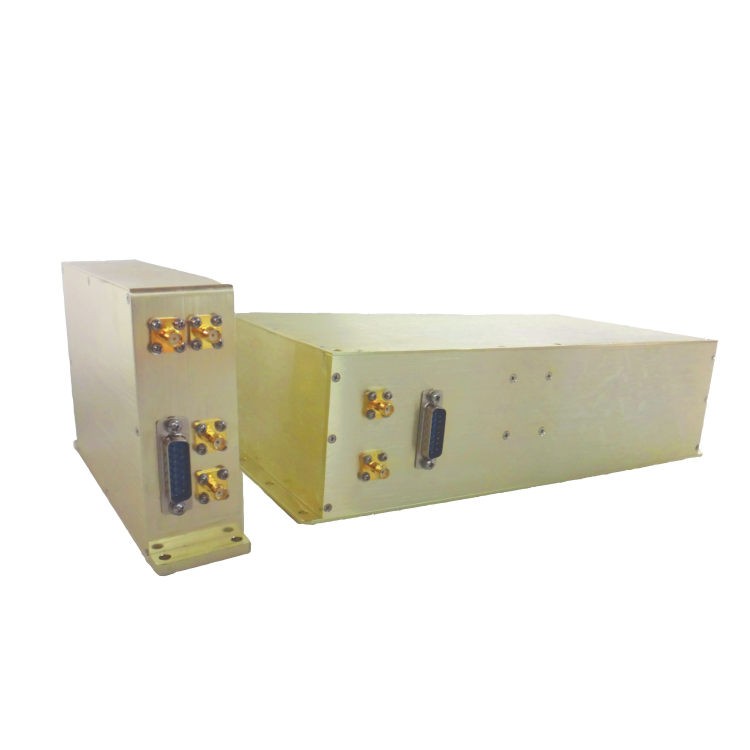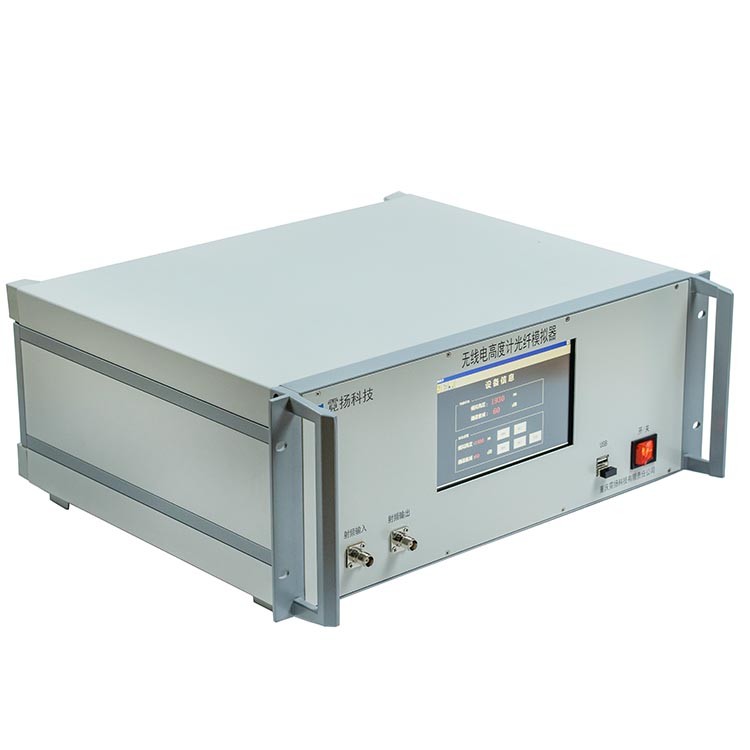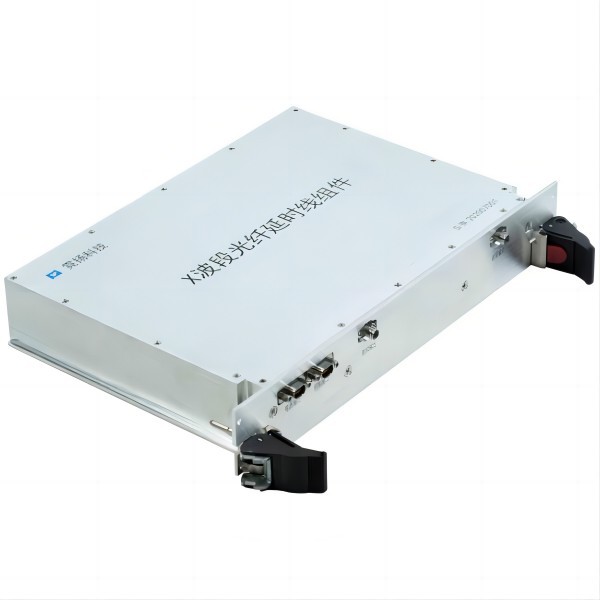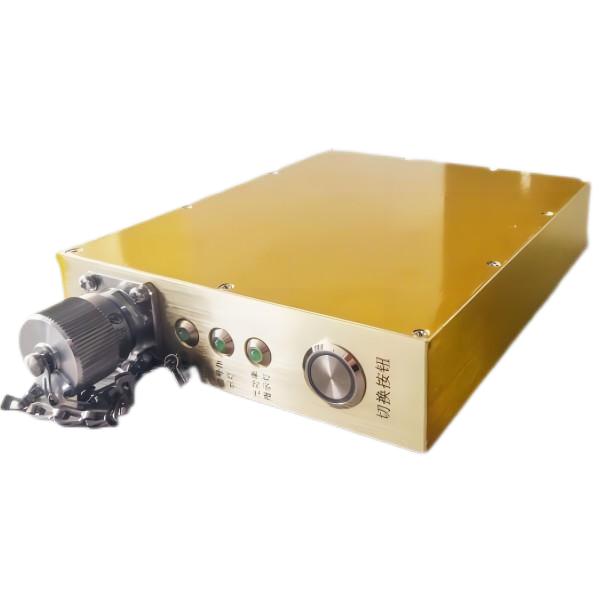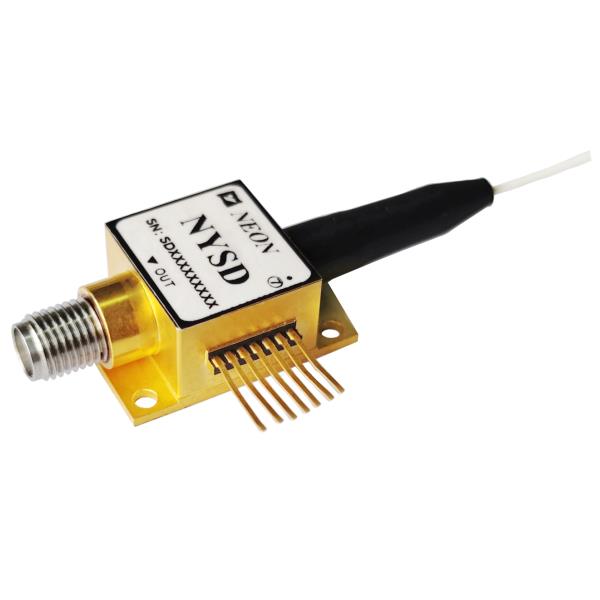Distributed Feedback Lasers: Working Principle and Applications
A distributed feedback laser (DFB laser) is a type of laser that emits light of a single frequency. This is achieved by incorporating a distributed feedback grating (DFB grating) into the laser cavity. The DFB grating is a periodic structure that reflects light of a specific wavelength while allowing light of other wavelengths to pass through. This creates a standing wave of light in the laser cavity, which results in single-mode operation. In this article, we will discuss the working principle of DFB lasers, their properties, and their applications.
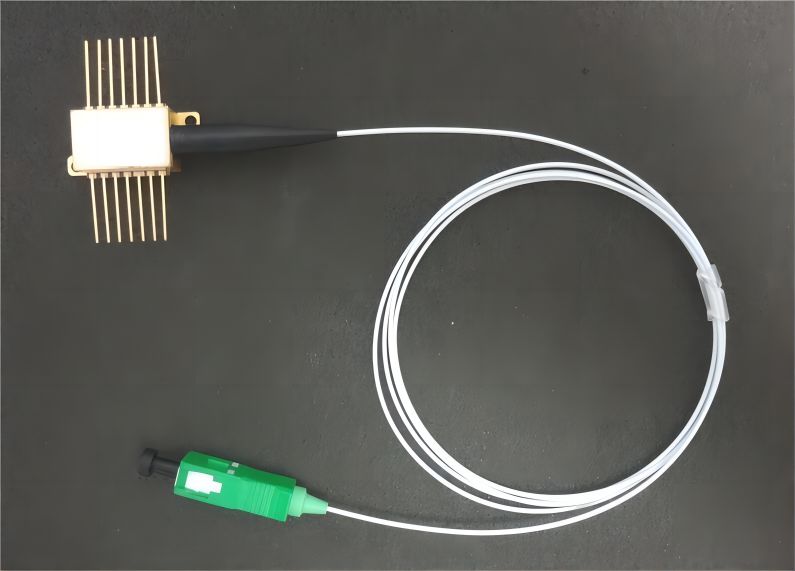
Structure of a DFB Laser
A DFB laser consists of three main parts: the active region, the distributed feedback grating, and the optical output.
The active region is the part of the laser where the light amplification takes place. It is typically made of a semiconductor material such as InGaAsP or InGaAsN.
The distributed feedback grating is a periodic structure that is etched or grown into the active region. The grating reflects light back into the laser cavity, which helps to ensure that the laser output is single-frequency.
The optical output is the part of the laser that emits light. It is typically a fiber optic pigtail that is attached to the laser.
Working principle of a DFB laser
The working principle of a DFB laser can be explained in the following steps:
Step 1: Injection of electrons and holes
The first step in the working principle of a DFB laser is the injection of electrons and holes into the active region. The active region is a semiconductor material that is doped with impurities to create an electron-hole pair. When an electron and a hole recombine, they release energy in the form of light.
The electrons and holes are injected into the active region by an electrical current. The current causes the electrons and holes to be separated, with the electrons being pushed to the n-type side of the semiconductor and the holes being pushed to the p-type side.
Step 2: Recombination of electrons and holes
Once the electrons and holes are injected into the active region, they begin to recombine. When an electron and a hole recombine, they release energy in the form of light. The wavelength of the light that is emitted depends on the bandgap of the semiconductor material.
Step 3: Reflection of light by the distributed feedback grating
The light emitted from the active region is reflected back into the active region by the distributed feedback grating. The distributed feedback grating is a periodic structure that is etched onto the surface of the active region. The grating reflects light back into the active region at a specific wavelength, which helps to amplify the light and create a single-frequency output.
Step 4: Amplification of light by the active region
The light that is reflected back into the active region is amplified by the active region. The active region is a semiconductor material that has a gain, which means that it amplifies light. The gain of the active region is caused by the interaction of light with the electrons and holes in the semiconductor material.
Step 5: Emission of light from the optical output
The amplified light is emitted from the optical output. The optical output is a lens or mirror that focuses the light into a beam. The beam of light can then be used for a variety of applications, such as optical communication, fiber sensing, and 3D sensing.
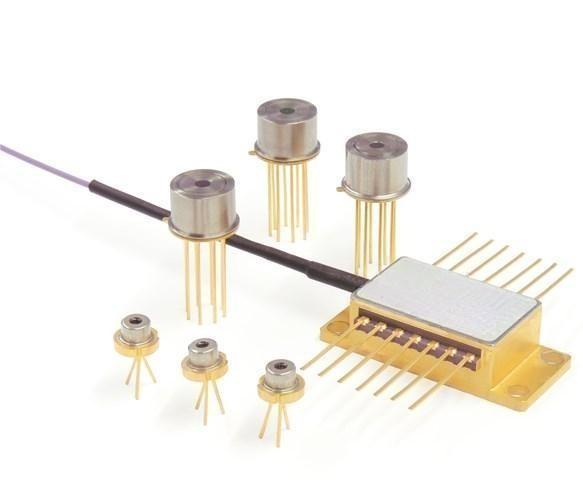
Applications of DFB lasers
DFB lasers are used in a wide range of applications, including:
- Optical communication: DFB lasers are used in optical communication systems because they can generate a single-frequency output that is highly stable and reliable. This makes them ideal for long-distance optical transmission systems.
- Fiber sensing: DFB lasers are used in fiber optic sensors because they can be used to measure the refractive index of the fiber. This can be used to measure temperature, pressure, and other physical quantities.
- 3D sensing: DFB lasers are used in 3D sensing systems because they can be used to create a precise map of the distance to a surface. This can be used for applications such as autonomous driving and gesture recognition.
- Gas sensing: DFB lasers are used in gas sensing systems because they can be used to measure the absorption of light by different gases. This can be used to measure the concentration of gases in the atmosphere or in industrial settings.
- Disease diagnosis: DFB lasers are used in disease diagnosis systems because they can be used to measure the absorption of light by different molecules. This can be used to diagnose diseases such as cancer and diabetes.
Properties of DFB lasers
DFB lasers have a number of properties that make them ideal for a variety of applications. These properties include:
- Single-frequency output: DFB lasers can generate a single-frequency output, which is essential for many applications such as optical communication and fiber sensing.
- High modulation speed: DFB lasers can be modulated at high speeds, making them ideal for applications such as data communications and optical interconnects.
- Less susceptible to temperature variations: DFB lasers are less susceptible to temperature variations than other types of lasers, which makes them more stable and reliable in harsh environments.
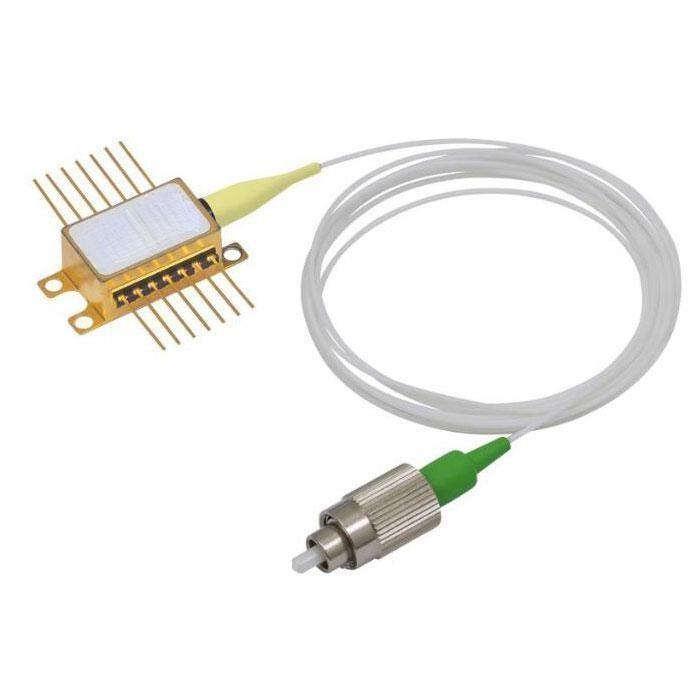
Conclusion
DFB lasers are a versatile type of laser that can be used in a variety of applications. Their single-frequency output, high modulation speed, and less susceptibility to temperature variations make them ideal for many applications. As technology continues to advance, DFB lasers are likely to find even more applications in the future.


